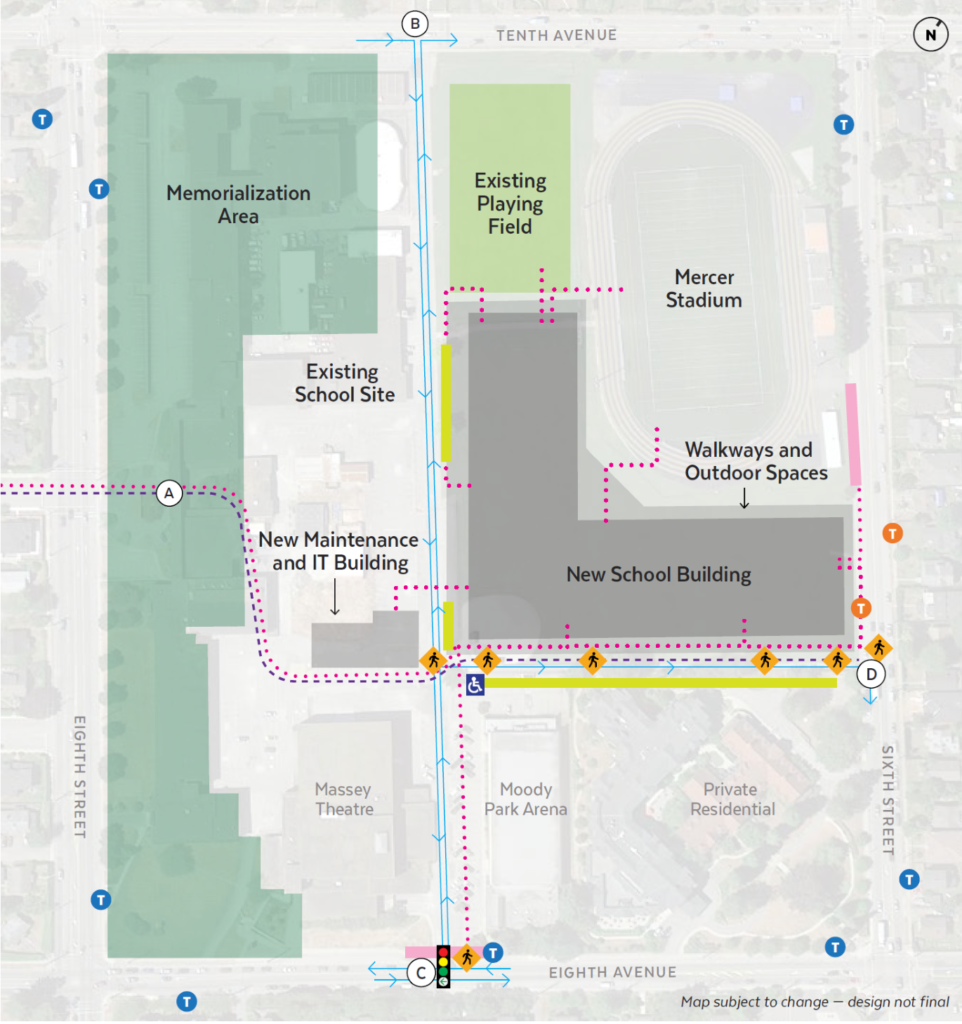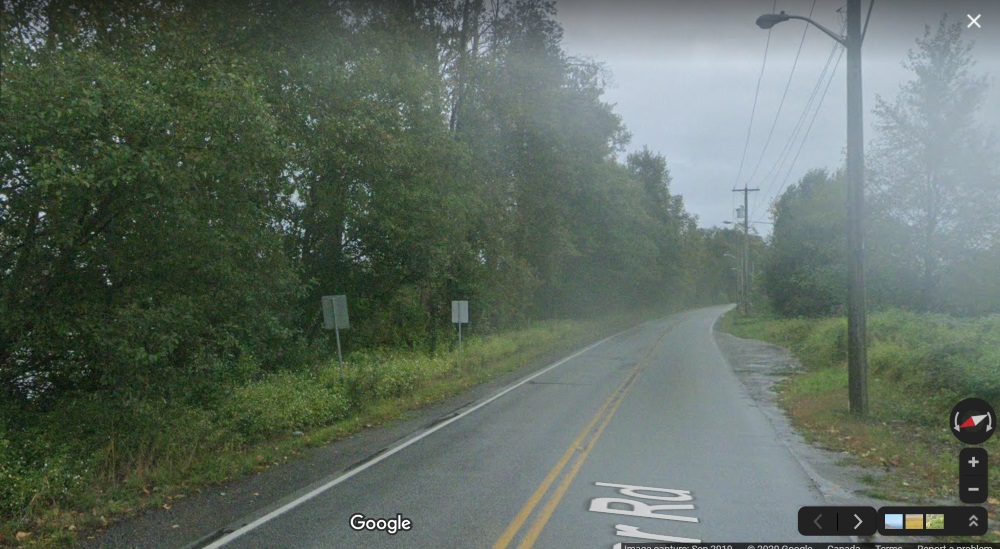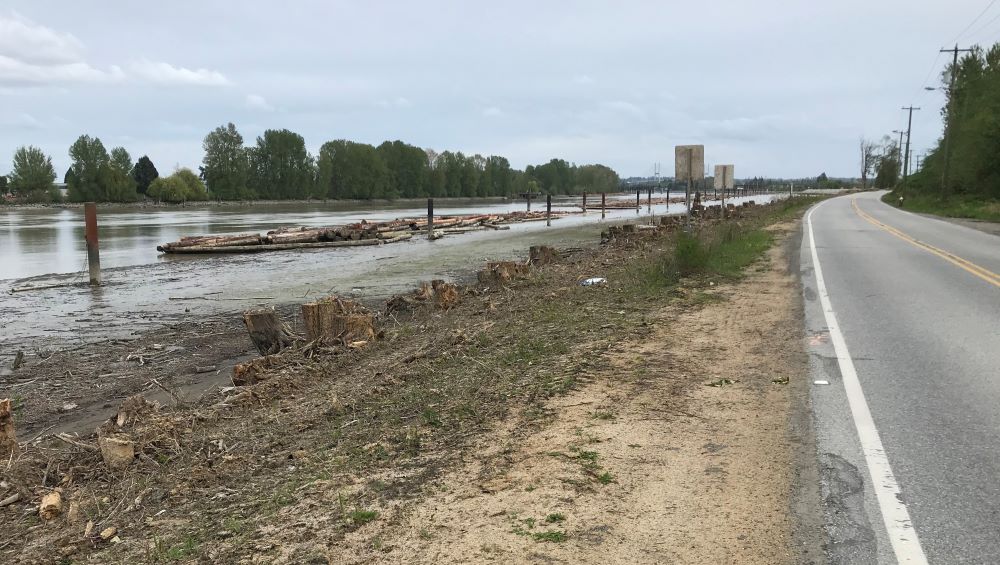OK, I’m lying a bit. This wasn’t the result of someone hitting the red Ask Pat button, but a question I got asked on Twitter that I thought deserved a longer answer than Tweets were good for. And I must be housebound because 1,500 words later here I am writing an intro.
I have been peripherally involved in some of the campaigning to secure emergency funding for TransLink during this crisis. Mostly by using my platforms to connect people and amplify the ask. (For example: Go here and here and sign a petition and write a letter). An engaged New West resident asked me, perhaps rhetorically, how effective are petitions and form letters in getting action from governments? Is this kind of action useful? So I thought I would answer that here as best I can. TL;DNR: All correspondence matters, the more personal the better.
Perhaps as a caveat – I do not consider myself a brilliant campaigner. In my life of being a rabble-rouser and then elected guy, I have relied on smarter and/or better trained campaigners. There are library shelves of theses on this topic, people whose entire career is based on engaging the public and driving political action. They may laugh or cry reading what I write below, but you asked me, not them, so I’ll do my best to answer and not worry about the tears of others.
I would say any communication with elected officials is better than none. Your elected representatives need to know and be reminded where you stand on issues that matter to you. They receive correspondence all the time, and though there are many things impacting their decision making, there is something about receiving constituent correspondence that makes any (thinking) elected representative consider their assumptions. If they disagree with you, they are going to be forced to think about why they disagree, and this may result in a more nuanced consideration of a matter. If they agree with you, you have provided them another arrow in their quiver when they have to make a case against the (inevitable) correspondence they will receive on the other side of the issue. So if you care about something, let them know, because a person on the other side of the issue is likely doing the same.
But the real question was about the effectiveness of petitions and form letters coming out of campaigns like I linked to above? To qualify my answer yet again, that depends on what you mean by effective, and how big they are.
I don’t think electronic petitions like those at Change.org change the minds of many elected types. Any petition would have to have huge results to shift elected people away from ideas that were otherwise defended by good public policy or other important political drivers – no petition project exists in a vacuum. I suppose there are some populists who would say “1,400 people signed this! We need to react!”, but for a decision to get to that point there must already be a solid public policy driver, and in a City with 70,000 residents, it is hard to tell what number of self-selected signatures it would require to represent a true plurality of opinion.
This is exacerbated by petitions being strictly directed communications, and are sometimes based on facts that are (to be polite) separated from the decision-making points at hand. If I launched a petition “New West should fix traffic now!” I could probably get a lot of signatures, especially if I had a little money to throw towards a Facebook, Twitter, and Instagram campaign. This would be easier if I worded it so I could rely on signatures from people who want roads expanded to “get traffic flowing” and those who want to further restrict through-traffic to make sidewalks and crosswalks safe for pedestrians. So it would be effective at saying “somebody should do something”, and may be perceived as putting elected types on the hot seat, but it is not going to change anyone’s mind about any specific approach.
So why would I do this? Electronic petitions collect names and e-mails, and sometimes other information, from people who fill them out, so they are a quick data source for people running campaigns. In being easy for the general public to engage with, they give an opportunity to get people thinking and interested in a topic. If you are piqued by an on-line prompt, you are more likely to take a further step, be it forward a tweet or like a Facebook post, send a form letter, or even talk to your friends about the issue. So I think petitions like this are more effective at getting non-activist people engaged than they are at changing elected people’s minds.
Form letters are better, I think. Though it is sometimes irritating to receive 30 emails in an afternoon with the same subject heading, they usually provide a name and contact of the sender, which gives the elected person the chance to respond or engage. They also tend to be clearer in their ask, as they have to be in order to get people to attach their names to them.
It is important to recognize that some campaigns and campaigners are seeking your contact information for their own purposes. You are sharing data: your name, your e-mail, your postal code, etc. with the campaign organization, and it is not always clear how that data will be used. I recently received a series of form letters from a campaign that used your postal code to determine who your local Council was, then sent and e-mail to the Mayor and Council in your area asking that they be vigilant in not allowing face recognition software to be used in the City. I noted the irony of a person concerned about digital security willingly providing their name, postal code, e-mail address, and political opinions to an anonymous letter generator.
That said, small local grass-roots organizations like I linked to above with clear mandates and clear messages are not likely to do anything that makes their burgeoning supporter base upset, like mis-using their data. I am one to usually presume good intentions unless one has acted disingenuously in the past, but it never hurts to ask the organization if they collect data and how it is used, and for the organization to have and respect an opt-out if you don’t want your data shared or to receive further correspondence from them.
From the elected person’s point of view, even the most diligent correspondent has a hard time responding to the 200th exact-same letter. I try (and sometimes succeed) to reply to every e-mail I get, but form letters tend to get a form-letter-like response. I do scan them to see if the writer has added a personal touch to it, and try to reply to that personally. But again, every elected person is going to manage this correspondence differently. If you have the time and energy, personal emails are much, much better, and I prioritize those for responses. As a decision-maker, one well-made personal argument is more likely to convince me than 100 identical form letters, regardless of how well they frame the concern.
So overall, the more personal the better, but all correspondence is important, and if all you can manage is a petition or a form letter, it is better than staying silent on an issue. All of them serve as a demonstration of how broad a support base is for any idea. It also helps an elected person who may want to take a positive action demonstrate that there is some level of support for that action. I will give you a clear and real example from my life.
I want more and better cycling infrastructure in New West. No surprise there, I was beaking off about it for a few years before getting elected, I included in every conversation during my elections, and have talked about it at Council whenever appropriate. Although I think the majority of Council supports this goal, I do at times feel I am shouting into a void. It is “Patrick going on about bikes again.” It’s OK, as you can tell by this blog post, I like to drone on.
Currently, we have limited the use of the Quayside boardwalk for cycles, because more people are using the boardwalk for daily exercise, space is constrained by physical distancing requirements, and given these pressures, bikes really aren’t appropriate there. Staff have recommended Quayside Drive as an alternative, and added some “share the road” signage. I don’t think that is adequate, and think we should close parking on one side of the road during the crisis and make a dedicated cycle route safe for 8 year olds and 80 year olds to replace the one we lost on the boardwalk.
If we do this, we will not doubt hear from people – angry letters to Council and to the Editor, maybe even a petition, demanding that free storage of cars is the best use of public land, as it always has been. Why would staff prioritize my idea, why would the rest of Council prioritize it, just to make Patrick happy when there is no demonstration of public support? I know it is the right thing to do, most of Council may agree it is the right thing to do, but with no public support, why prioritize this now and face the backlash? Everyone is busy, there are a thousand things to do in crisis response, this simply isn’t a burning-enough issue while the room is on fire. A petition or a few dozen letters from concerned citizens who want a safe place for their kids to ride a bike may demonstrate that this isn’t a fantasy in one Councillor’s brain. it may demonstrate that the inevitable backlash is worth it.
Thing about representative democracy: in the end people are more likely to get what they ask for than what they assume should be. So use your voice.


